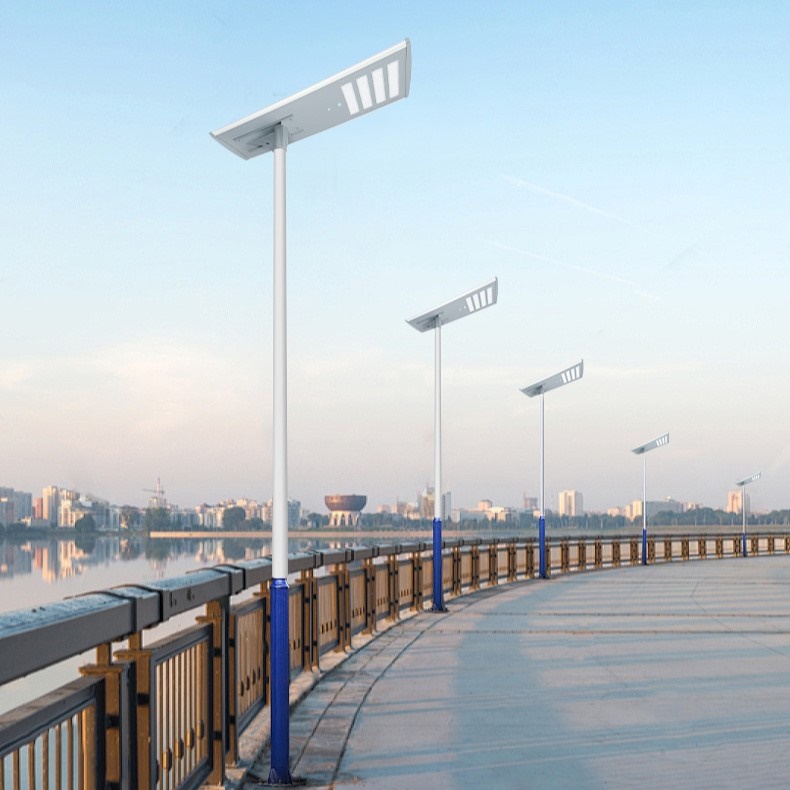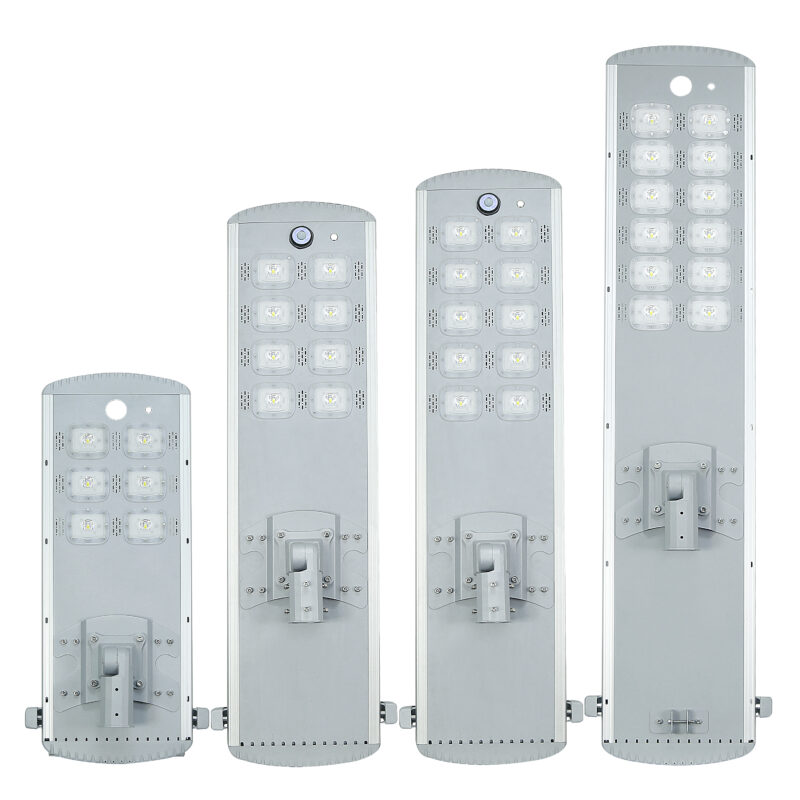Solar street lighting systems promote energy efficiency and sustainable development. However, performance can suffer due to technical failures. Timely troubleshooting ensures consistent operation and long service life.
1. Solar Panel Not Charging the Battery
When the solar panel fails to charge, system performance drops. Several causes may lead to this issue.
- Dust or shading reduces light absorption. Clean panels weekly and trim nearby trees.
- Loose or corroded wires block current. Tighten and replace connectors as needed.
- Panel angle affects efficiency. Adjust the tilt to match your latitude ±15°.
- The defective charge controller fails to regulate power. Use a multimeter to check the output. Replace if values deviate.
Tip: Confirm the panel’s open circuit voltage (VOC) meets specs.
2. Battery Drains Too Quickly
Fast-draining batteries affect nighttime lighting. Multiple factors can be responsible.
- Old batteries degrade over time. Replace if below 70% capacity.
- Overloaded circuits draw excess power. Match LED wattage to system design.
- A parasitic drain can drain power overnight. Disconnect the load to isolate the fault.
- Temperature extremes harm battery life. Use LiFePO4 or gel batteries in hot or cold climates.
Preventive Action: Install LVD protection to avoid deep discharge.
3. LED Lights Flicker or Fail to Turn On
LED failures disrupt light output. Quick checks can identify the problem.
- Loose wires inside fixtures reduce power flow. Inspect and secure them.
- A faulty driver or PCB causes erratic behavior. Test with a working LED module.
- Low battery voltage prevents activation. Fully recharge and check battery health.
- Water ingress damages circuits. Use IP65+ rated fixtures and replace wet units.
Tool Suggestion: Use an IR thermometer to detect overheating.
4. Lights Turn On During the Day
If the light activates in daylight, the sensor or control logic may be faulty.
- A dirty or broken photocell misreads ambient light. Clean or replace it.
- Wrong controller settings cause errors. Reprogram the timer or dimming modes.
- Partial shading confuses light detection. Ensure full sunlight exposure.
Upgrade Tip: Choose smart solar controllers with adaptive detection.
5. System Failure After Rain or Wet Conditions
Moisture-related issues can stop the system completely.
- Corrosion at the terminal blocks the power. Apply dielectric grease regularly.
- The battery box leaks short internal components. Use sealed, gasketed enclosures.
- Moisture in wires causes shorts. Check insulation and replace damaged cables.
Seasonal Care: Inspect and waterproof before monsoon or winter.
Why Proactive Maintenance Matters
Most solar lighting issues arise from neglected maintenance or environmental wear. Regular checks and high-quality parts can prevent over 80% of failures. Moreover, smart diagnostics reduce downtime and repair costs.
Need help with stubborn solar light problems?
Contact our team today for professional diagnostics, reliable parts, and long-term solutions!



